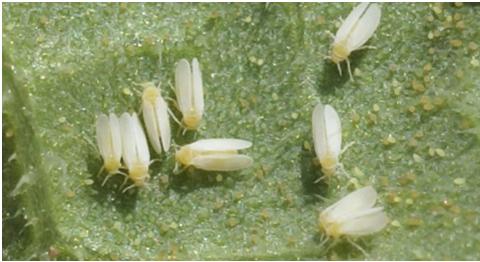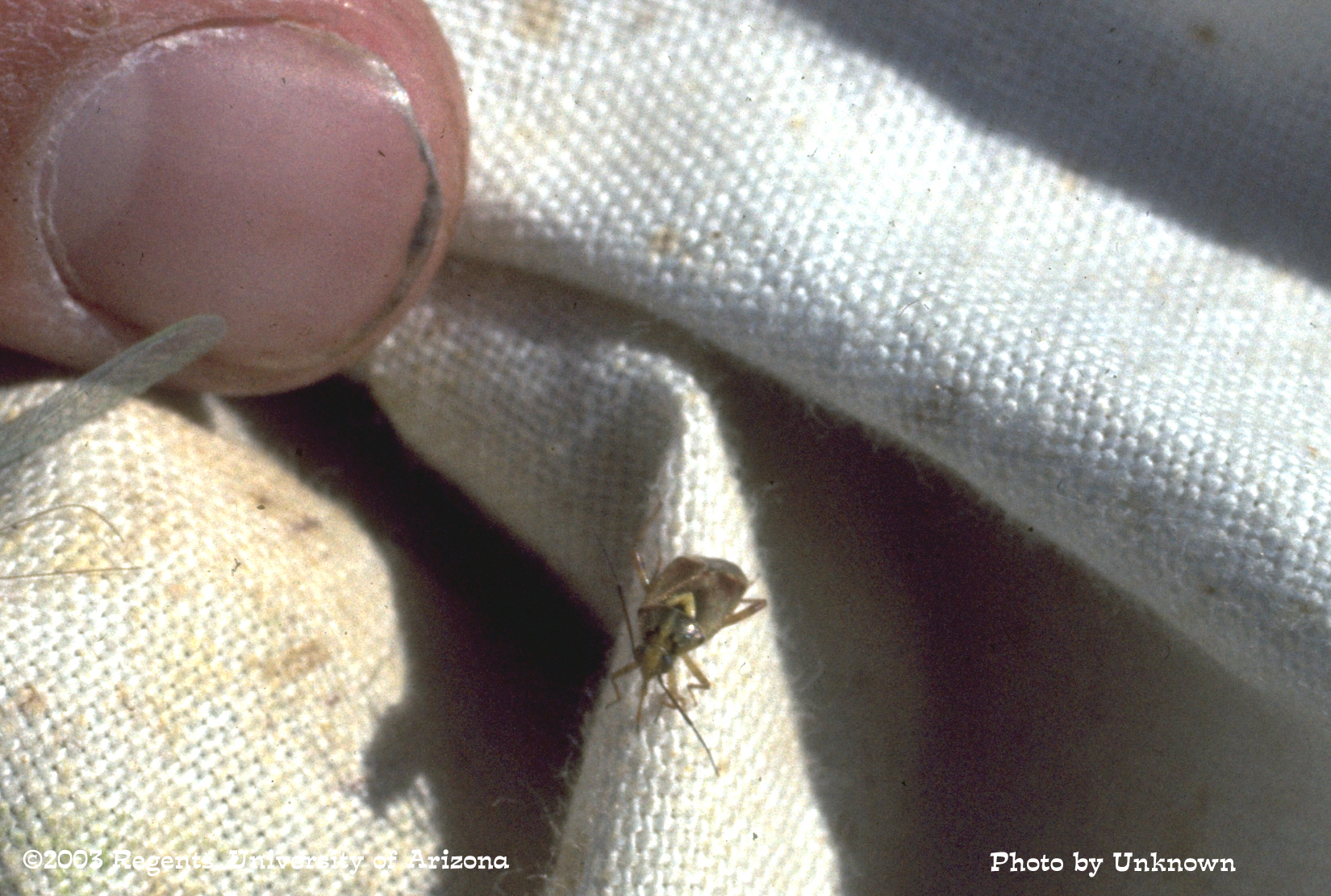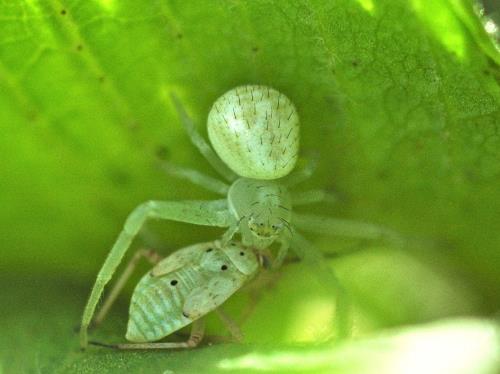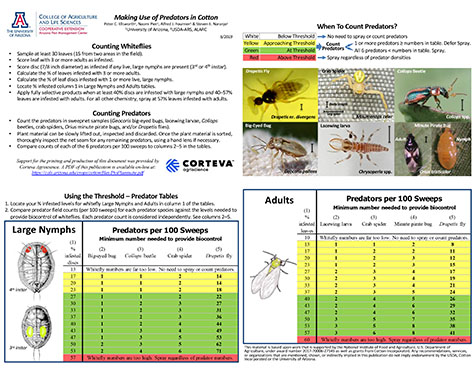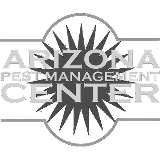-
Apr 2020False chinch bug nymphs, not adults, contribute to significant early-season stand loss in cotton. Best management practices include timely removal of weeds from surrounding fallow or wasteland areas. Chemical control of nymphs should only be considered during mass migrations when abundant false chinch bugs occur per plant, only where they are entering the field plus 50 feet further into the field, and usually only as a banded application over the crop.
-
Jun 2019The companion visor guide to “Making Whitefly & Predator Counts”. This portable guide provides instructions for sampling both whiteflies and their predators. Tables provide a guide for making spray decisions to effectively manage whiteflies. English version.
-
Jan 2019Understanding levels of key predators in the field can help you make more confident whitefly spray decisions. New research has identified critical levels of predators that impact economic spray decisions for whiteflies. By monitoring the number of key predators in the field when whiteflies are at or approaching standard whitefly thresholds, pest managers may confidently defer sprays, or alternately, may wish to advance a spray prior to reaching threshold, based on predator population levels.
-
Jan 2019Biological control can be incorporated into whitefly management by sampling 4 key predators and comparing them to whitefly populations. High ratios of predators to whiteflies indicate control and may defer a control spray. Low ratios indicate a lack of control and may advance a whitefly spray.
-
Jun 2015Insecticide resistance threatens economic and effective pest control, especially when chemistries are used to target a common pest across multiple crops such as whiteflies. Difficulty in discovery of new chemistries and increasing costs of regulation of new chemistries make it essential that we preserve and extend the life of the currently available modes of action through integrated resistance management (IRM) programs.


